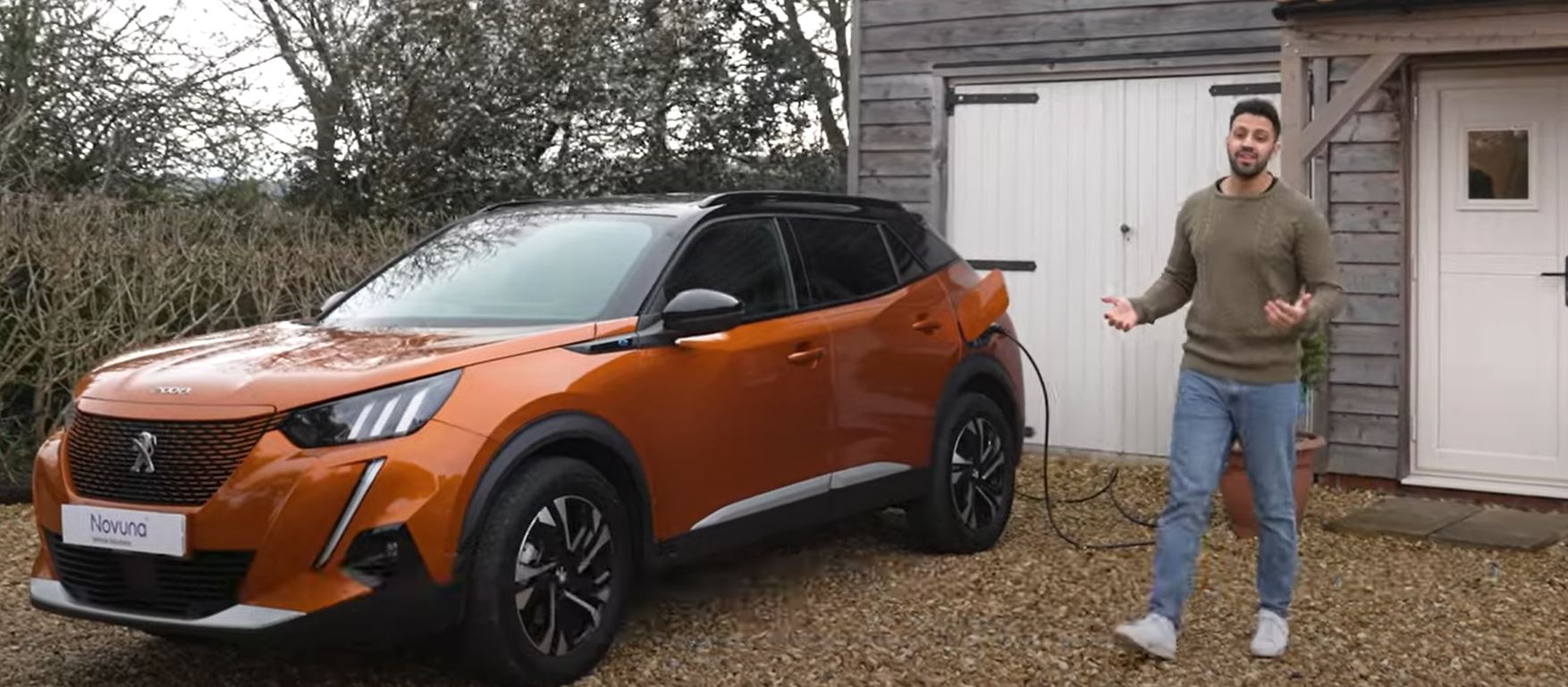Do you really need a home charger?

Meet Ben! He recently got a brand new EV through his company salary sacrifice scheme with Novuna.
Although he was able to have a home charger installed as part of his contract with Novuna, he knows even without one the fast-growing public charging network would have him covered.
So if you live in a flat, a rented property or are unsure whether you can have a home charger installed, don’t let this put you off making the switch to electric.

